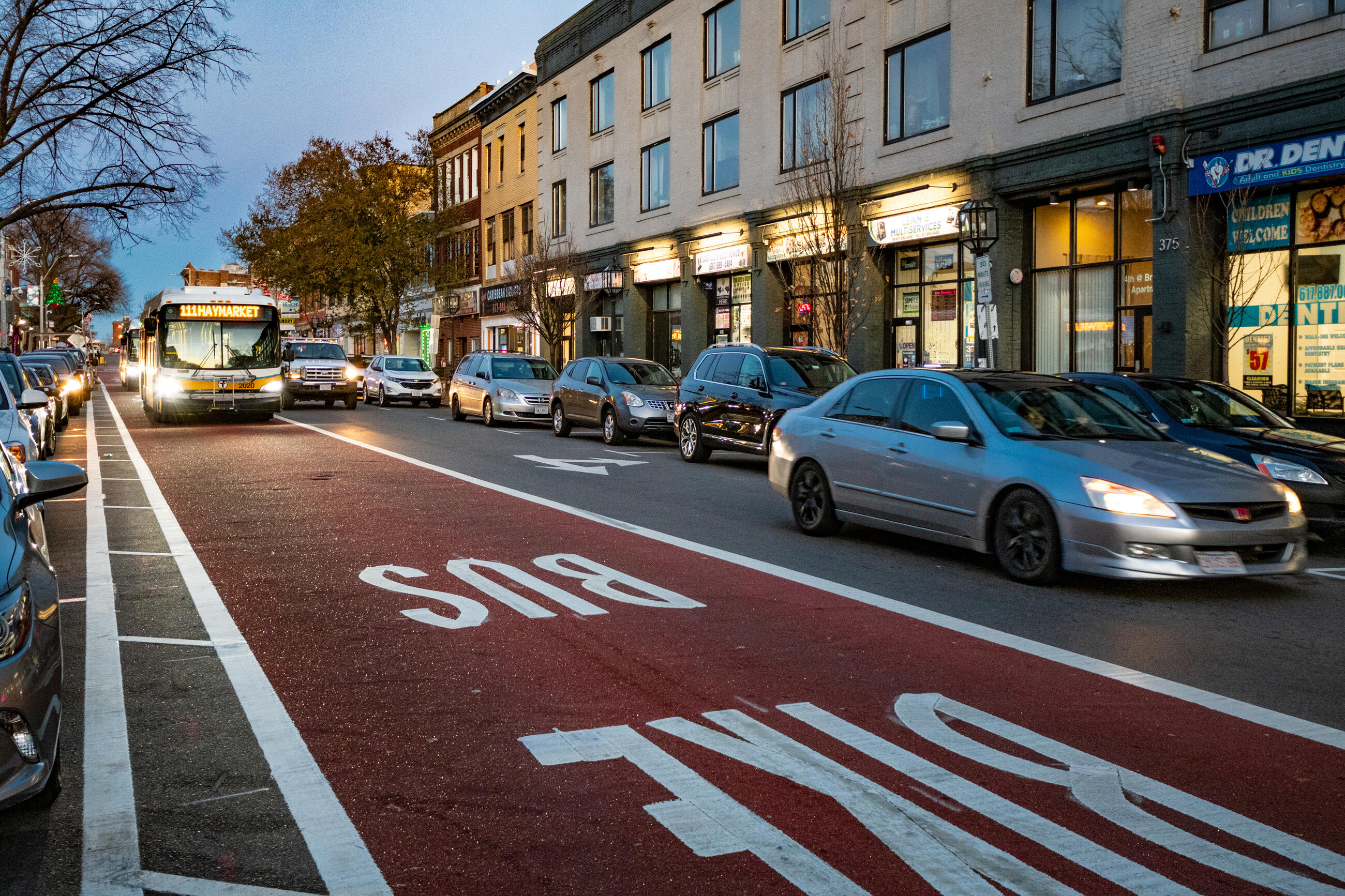Bus Network Redesign

- Timeline: 2018 – 2029
- Status: In Progress
Greater Boston has grown, but our bus network hasn’t adapted at the same pace. We’re updating the MBTA bus network to better match service to where people live, work, learn, and play. Our Bus Network Redesign plan will update bus routes and schedules based on community feedback.
In December 2024, we’ll start making changes to bus service.
How We're Changing the Bus Network
Contact
For other questions and comments related to Bus Network Redesign, please contact us at BetterBusProject@mbta.com.
For more information
Sign up for email updates, and check back here for opportunities to share your input with the Bus Network Redesign Team.


